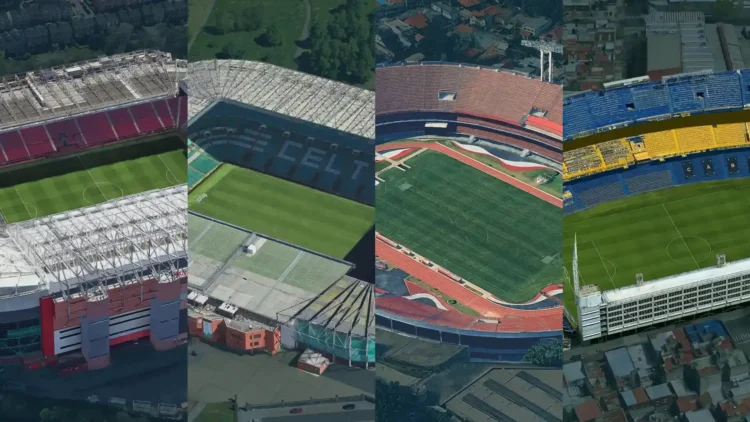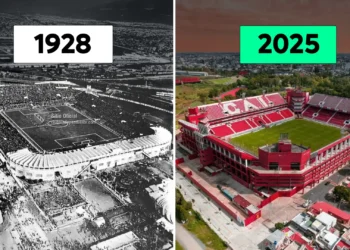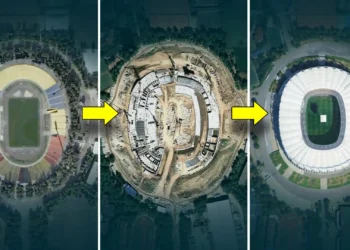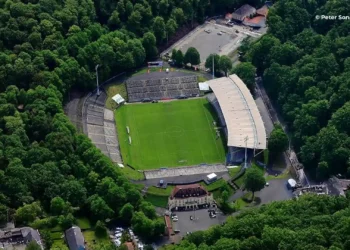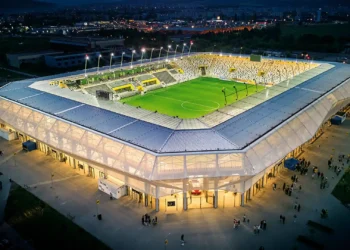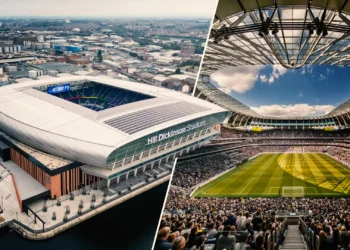Some stadiums are not just buildings — they’re living memories of generations, emotion, and identity.
Yet, across the world, many of these legendary arenas stand on the edge — too old to compete with modern architecture, yet too iconic to be replaced.
From the mighty San Siro in Milan to La Bombonera in Buenos Aires, and from Old Trafford to the historic Estadio Centenario, each of these stadiums represents a story that deserves more than demolition — it deserves rebirth.
While some have fallen silent and abandoned, others still echo with chants every weekend, surviving on nostalgia alone.
This article explores the stadiums that deserve a second life — through restoration, modernization, or creative transformation — to preserve the magic that made them unforgettable in the first place.
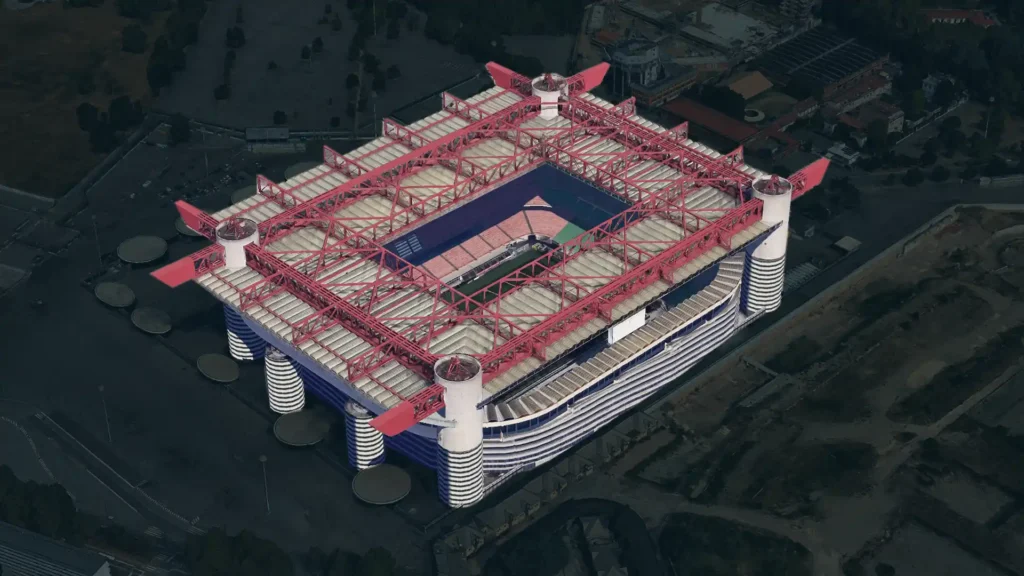
1. Stadio San Siro – Milan, Italy
For nearly a century, San Siro has been a temple of football — home to both AC Milan and Inter Milan.
But its future is uncertain, with demolition plans advancing despite global protests.
To fans around the world, tearing down San Siro feels like erasing a piece of football’s heart.
Restoration could transform it into a living museum — honoring its monumental history while welcoming a new era.
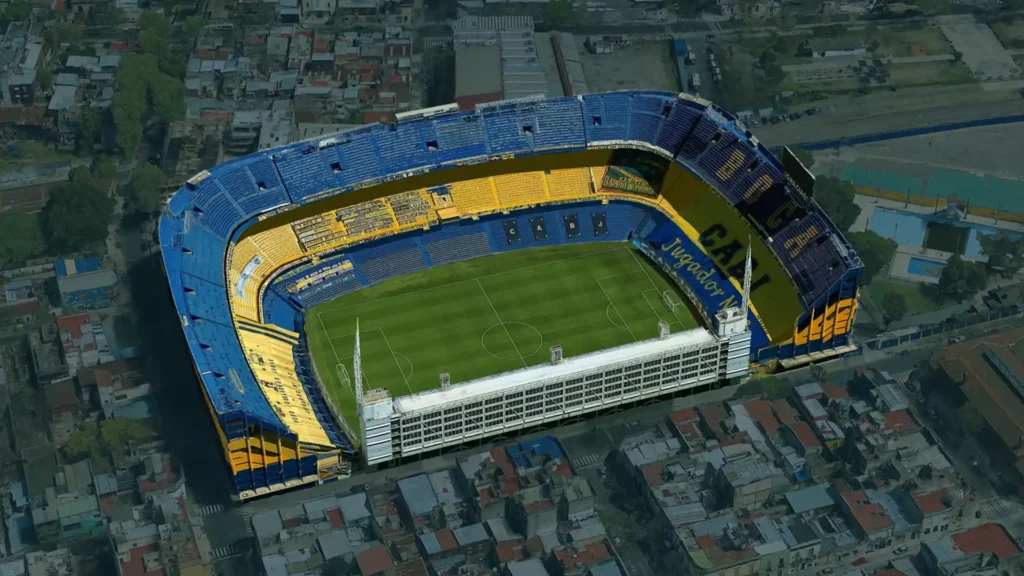
2. La Bombonera – Buenos Aires, Argentina
La Bombonera is alive and still in use, but time is catching up.
Its steep stands, close proximity, and raw energy make it one of the most emotional stadiums ever built.
Rather than replacing it with a new one, a thoughtful modernization could preserve its magic — because you can’t rebuild soul.
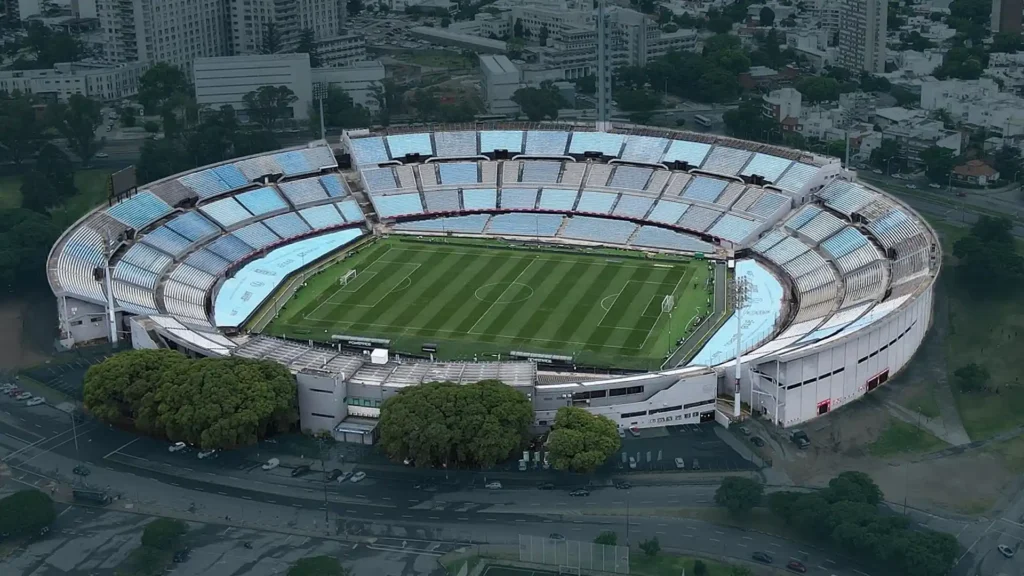
3. Estadio Centenario – Montevideo, Uruguay
Built in 1930 for the first ever FIFA World Cup, Centenario is football history carved in concrete.
Though still active, it’s aging fast — and deserves full restoration as a global heritage site.
No stadium in the world carries more symbolic weight than this one.
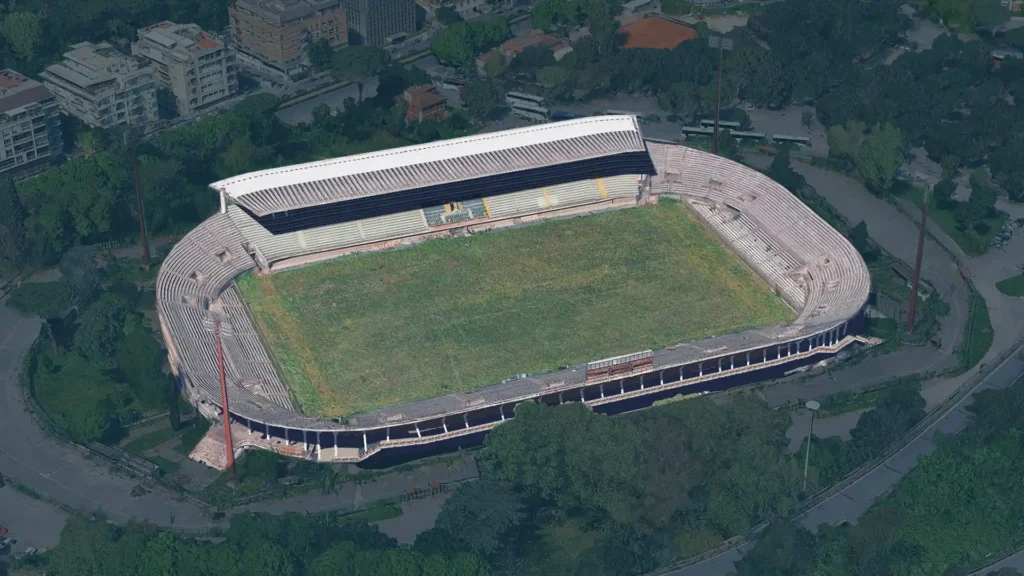
4. Stadio Flaminio – Rome, Italy
Designed by the legendary architect Pier Luigi Nervi, this 1950s gem is one of Europe’s most beautiful forgotten stadiums.
Its brutalist lines, open structure, and cultural importance make it a masterpiece of sports architecture.
Abandoned and decaying, it’s crying out for preservation — a perfect example of how to merge design and history.
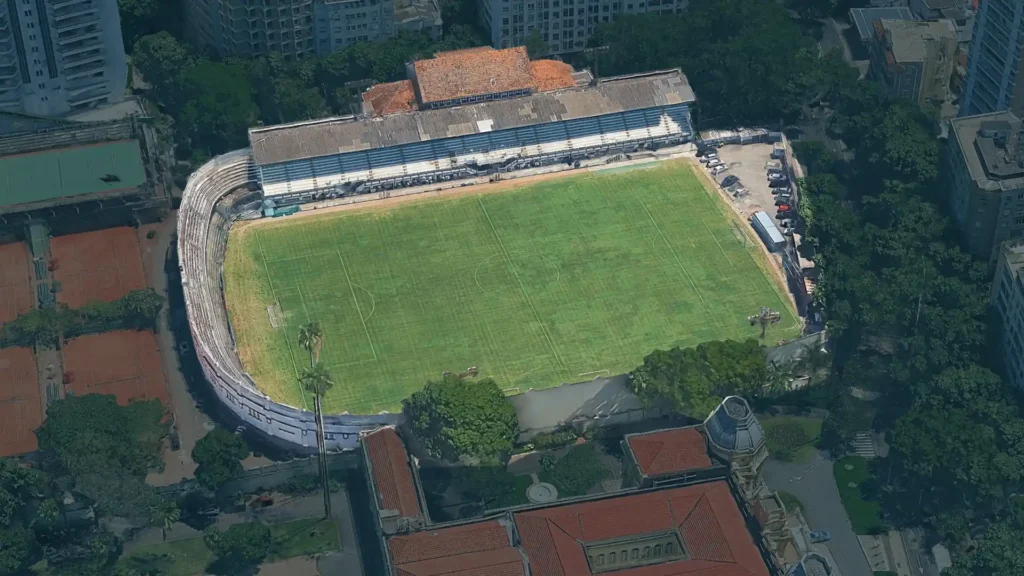
5. Estádio das Laranjeiras – Rio de Janeiro, Brazil
Hidden in the heart of Rio, this small and charming stadium once hosted Brazil’s national team — even before Maracanã was built.
A century later, its historic architecture and tropical surroundings make it a cultural treasure.
Restoring it as a community ground or museum would give Brazil a living piece of its football origins.
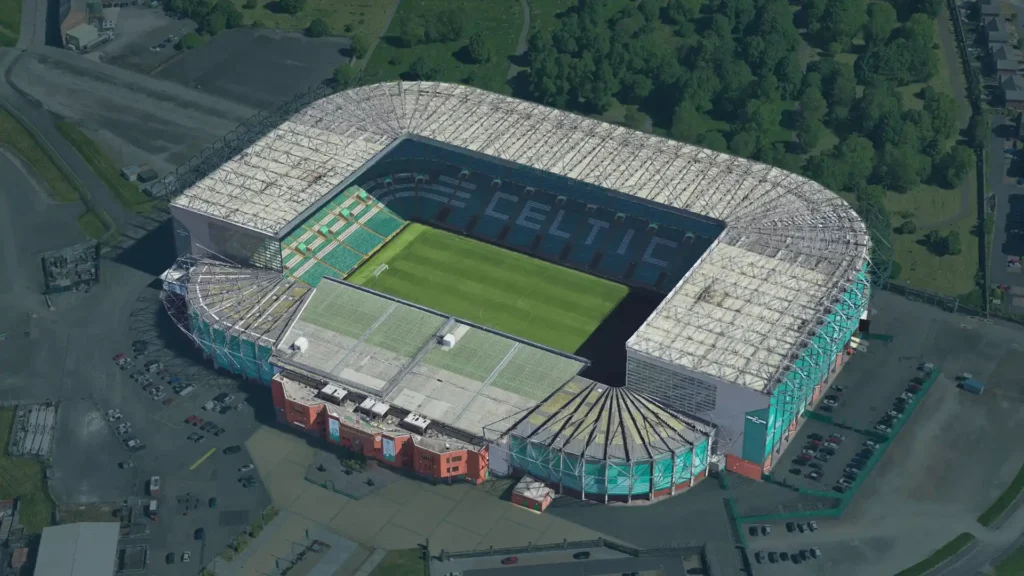
6. Celtic Park – Glasgow, Scotland
Celtic Park still thrives, but its design and legacy deserve global recognition.
Steeped in over a century of emotion, it represents the soul of Scottish football.
Instead of modernization that strips character, future upgrades should protect its intimacy and authenticity — the magic that makes “Paradise” unique.
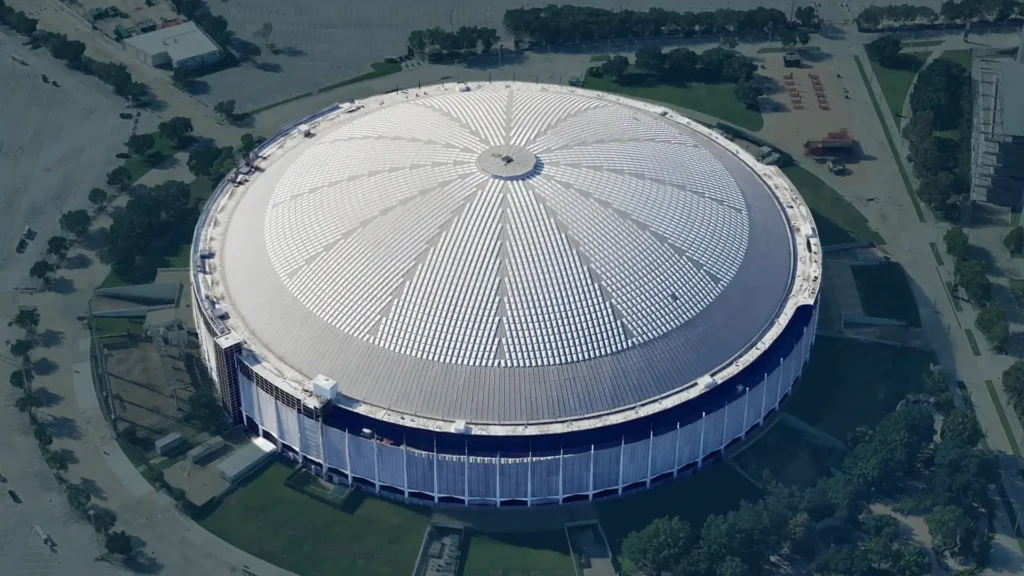
7. Houston Astrodome – Texas, United States
The world’s first domed stadium, the Astrodome changed architecture forever.
Nicknamed “The Eighth Wonder of the World,” it introduced indoor sports to millions.
Now mostly unused, it stands as a relic of innovation — a piece of sports history that deserves a creative rebirth, not demolition.
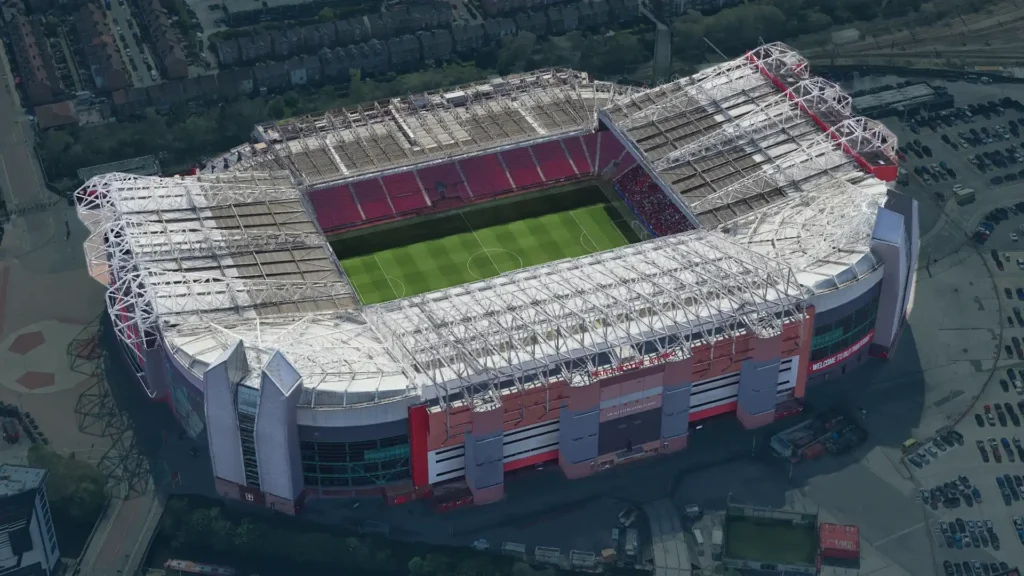
8. Old Trafford – Manchester, England
“The Theatre of Dreams” is still active, but its infrastructure is aging.
Old Trafford remains one of the most recognizable stadiums on Earth, yet it needs major restoration to match its legacy.
A respectful modernization could protect its identity while ensuring it remains Manchester United’s true home — not just another corporate arena.
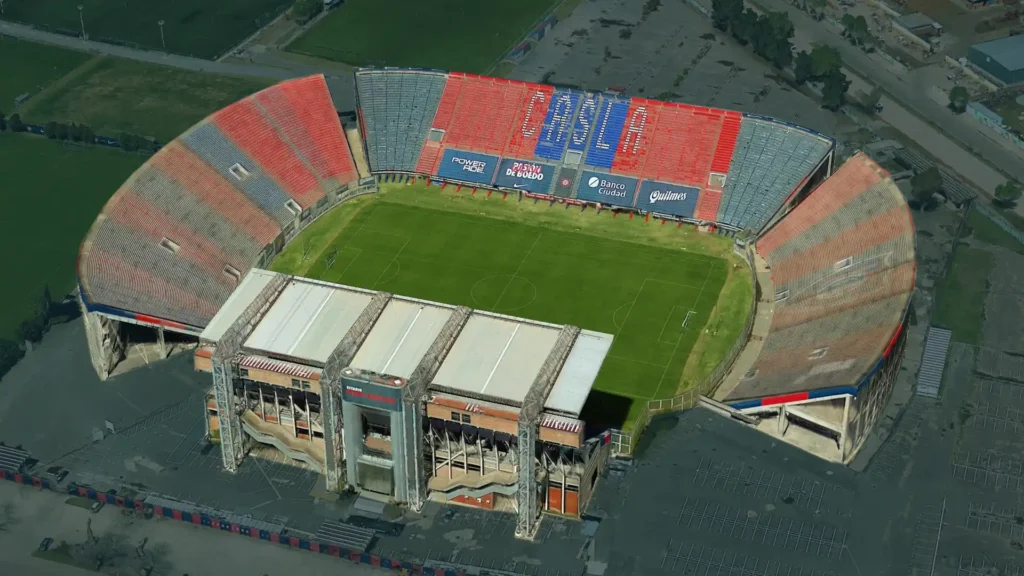
9. Estadio Gasómetro – Buenos Aires, Argentina
The old home of San Lorenzo was demolished in 1979, but its memory refuses to fade.
For decades, fans have fought to return to Boedo, the club’s original neighborhood.
Plans are now moving forward to rebuild a new Gasómetro — a long-awaited resurrection of football tradition.
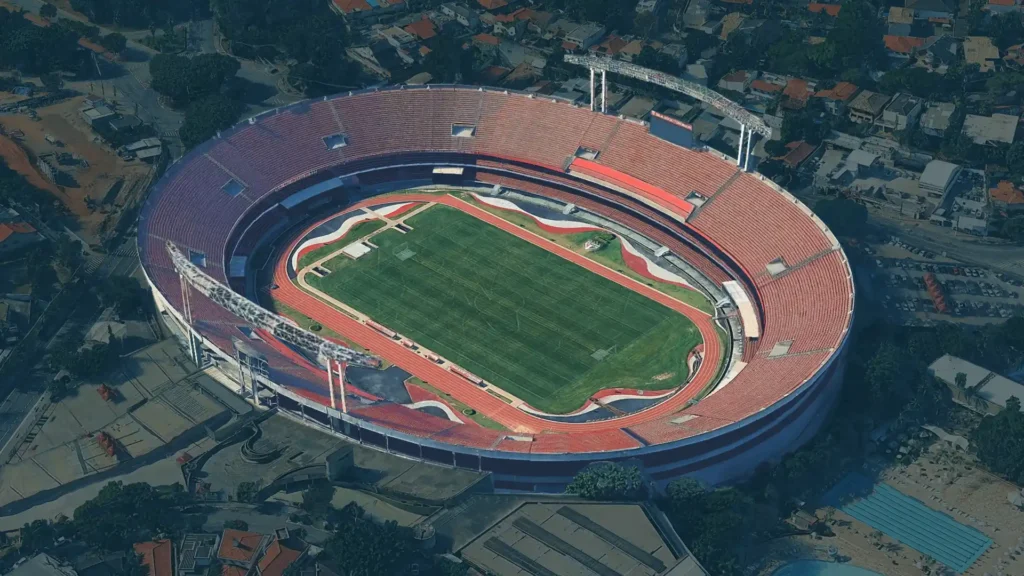
10. Estádio do Morumbi – São Paulo, Brazil
Once South America’s largest stadium, Morumbi defined an era of Brazilian football.
Though still in use, it has been overshadowed by newer arenas like the Neo Química Arena.
With smart renovation and modernization, Morumbi could rise again as a national symbol — combining heritage with future design.
A Second Life Worth Living
Modern stadiums may shine brighter, but they rarely carry the soul of history.
The arenas on this list — whether active or abandoned — remind us that football’s beauty doesn’t only live in technology or luxury, but in emotion, memory, and community.
Giving these stadiums a second life isn’t just about saving concrete and steel — it’s about protecting the heart of the game.
Because once these places disappear, a piece of football’s soul disappears with them.
Written by the SportsRender Team
Preserving the history, emotion, and architecture of football’s most legendary stadiums.
Read Also:
FIFA World Cup 2038: Greece & Turkey?
The Rise of Minimalist Stadiums — Simple, Smart, and Stunning
The Loudest Stadiums Ever Built — Based on Science and Decibels

